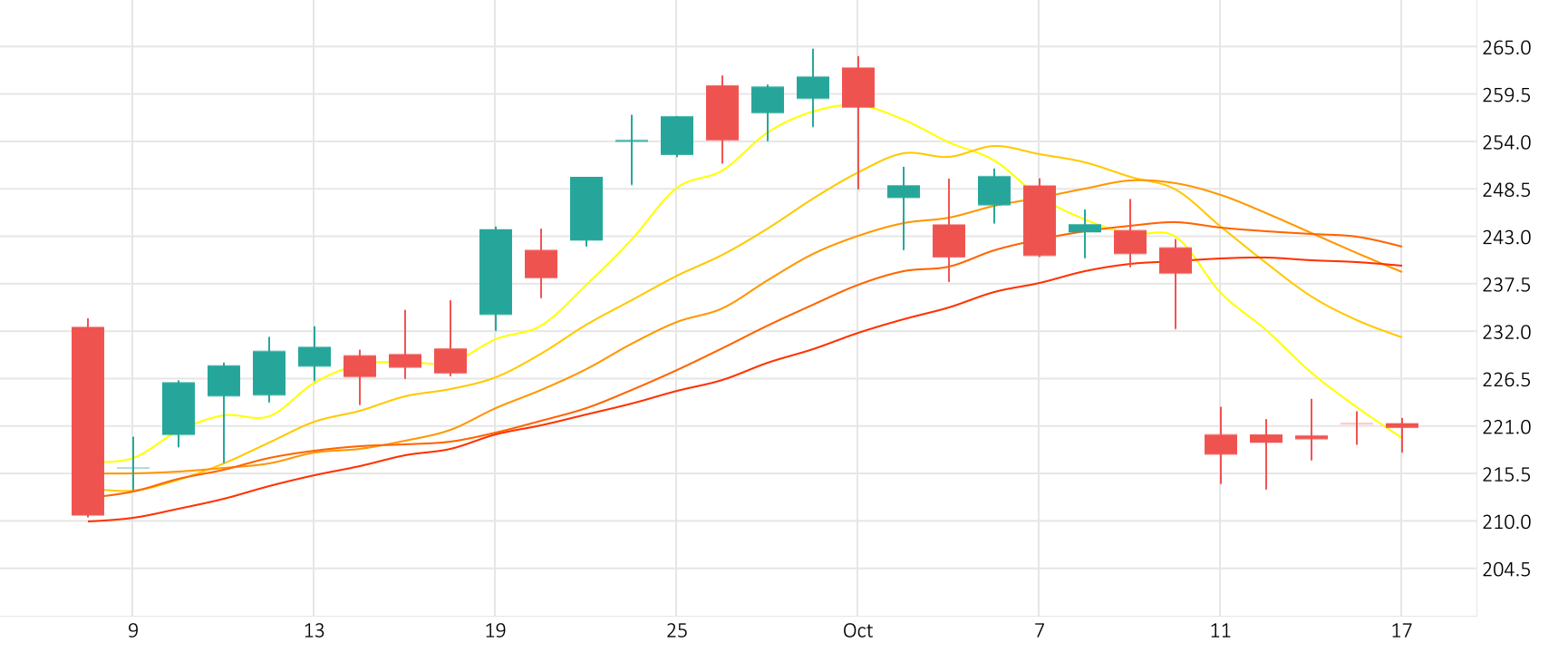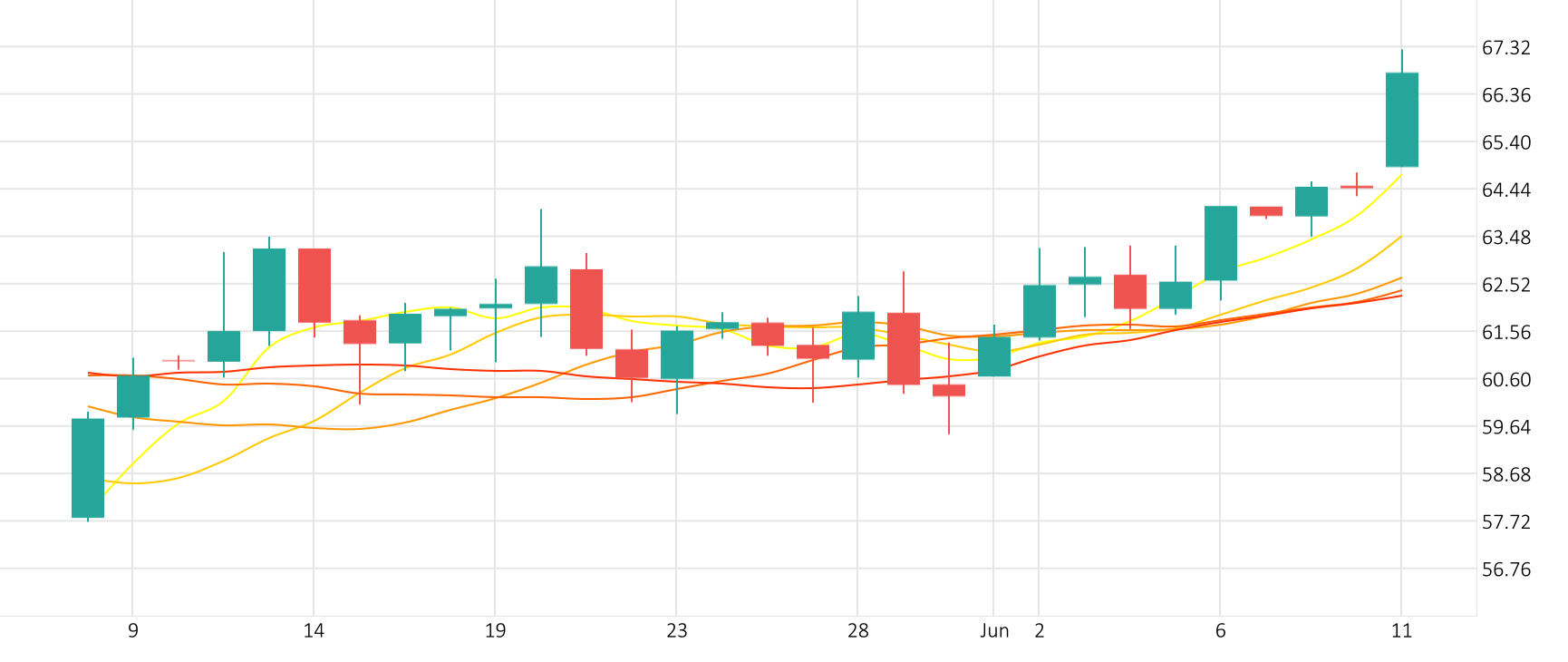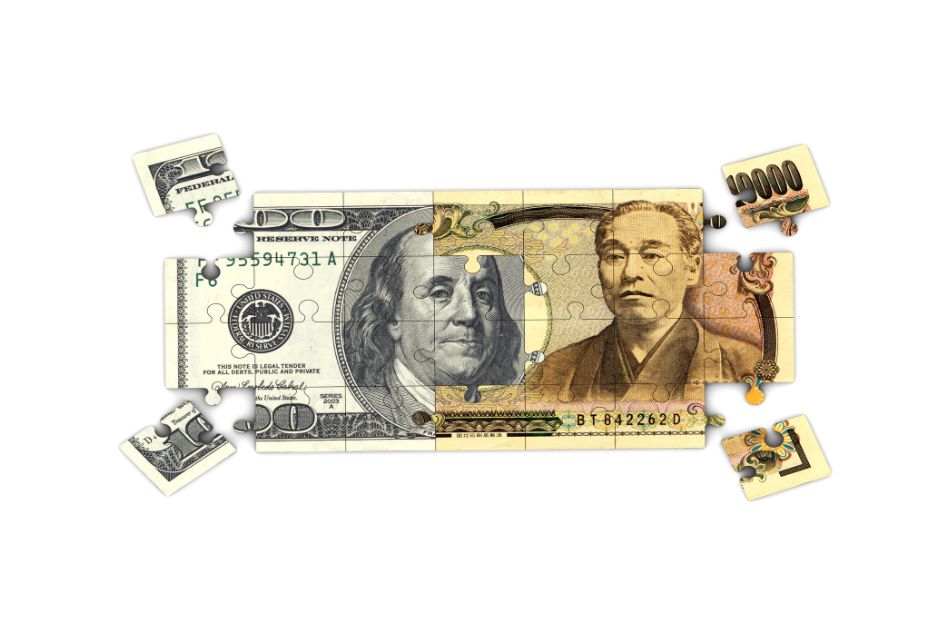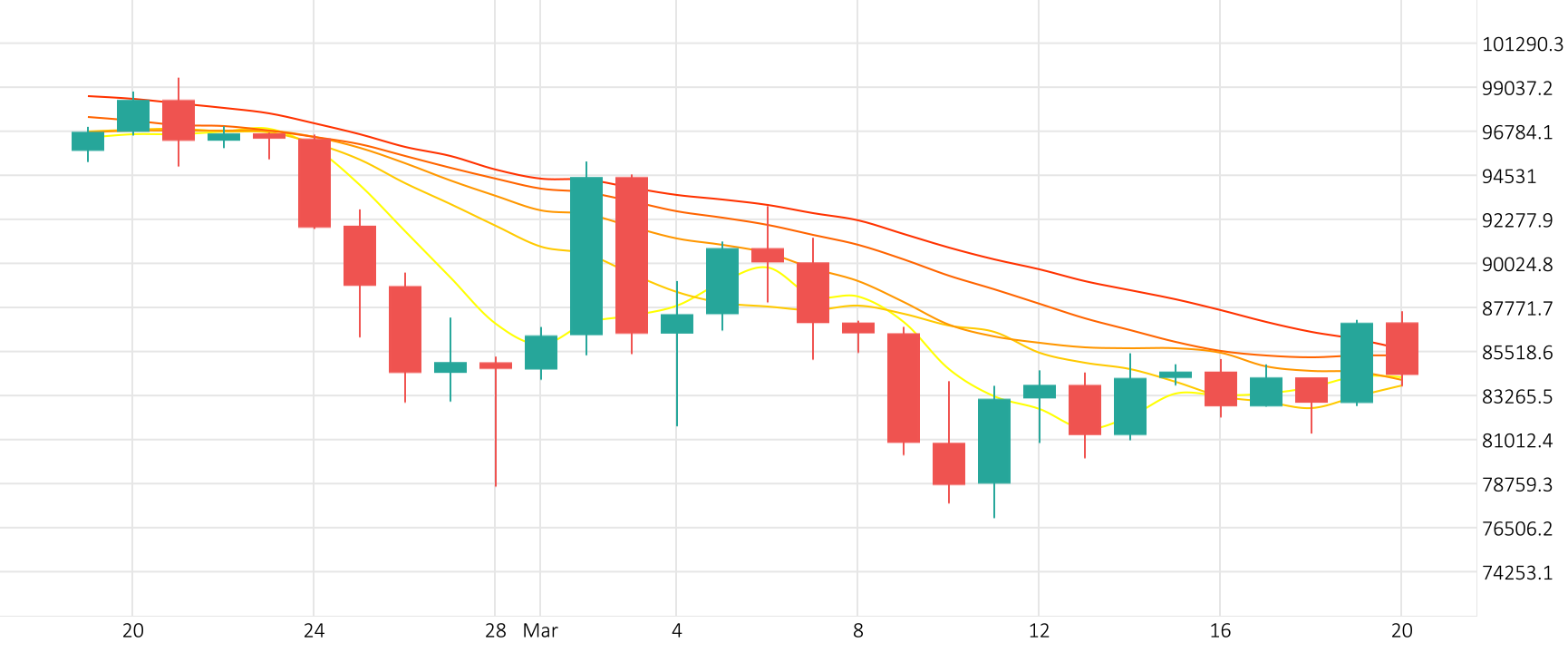
The U.S. dollar index stayed slightly lower after data showed U.S. job growth slowed marginally in June while the unemployment rate rose, underscoring the view the Federal Reserve could begin cutting interest rates in September.


The U.S. dollar index stayed slightly lower after data showed U.S. job growth slowed marginally in June while the unemployment rate rose, underscoring the view the Federal Reserve could begin cutting interest rates in September.


| Gold prices extended gains to their highest level in over a month following key U.S. jobs data that showed the labor market was softening, lifting expectations around a Federal Reserve interest rate cut in September. |


U.S. venture capital funding surged to $55.6 billion in the second quarter, marking the highest quarterly total in two years. The latest figure shows a 47% jump from the $37.8 billion U.S. startups raised in the first quarter, largely driven by significant investments in AI companies, including $6 billion raised by Elon Musk’s xAI.
Shares of Tesla skyrocketed 5.0% in the last session. The MACD is giving a positive signal.
Tesla’s stock skyrocketed 5.0% in the last session.
The MACD is currently in the positive zone.
Support: 213.7141 | Resistance: 240.0329


Oil prices gained about 1% after a larger-than-expected decline in U.S. crude stocks, but gains were capped by concerns about rising global inventories in thin trading ahead of the U.S. Independence Day holiday.
The Oil-Dollar pair gained 0.7% in the last session after rising as much as 1.1% during the session. The MACD is giving a positive signal.
WTI/USD gained 0.7% in the last session.
The MACD is currently in positive territory.
Support: 81.971 | Resistance: 85.291


The yen sank to a 38-year low against the U.S. dollar and a record trough versus the euro, as the Japanese unit continued its downward spiral, with market participants on high alert for Japanese intervention to boost the currency.
The Dollar-Yen pair traded sideways in the last session. The ROC’s is giving a negative signal.
USD/JPY remained largely unchanged in the last session.
The ROC is currently in the negative zone.
Support: 160.991 | Resistance: 1621


Over half of the top American hedge funds have disclosed exposure to newly launched spot Bitcoin ETFs, as BTC/USD has significantly outperformed major stocks and indexes. 13 out of the top 25 United States hedge funds had owned Bitcoin ETFs by the end of Q1 2024.
The Bitcoin-Dollar pair plummeted 1.4% in the last session. The Stochastic-RSI indicates an overbought market.
BTC/USD plummeted 1.4% in the last session.
The Stochastic-RSI points to an overbought market.
Support: 618891 | Resistance: 644491